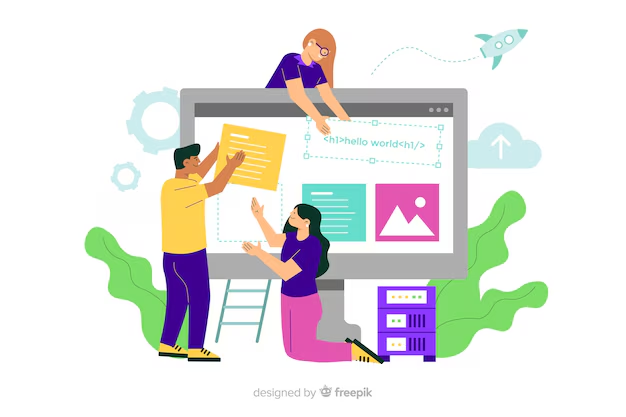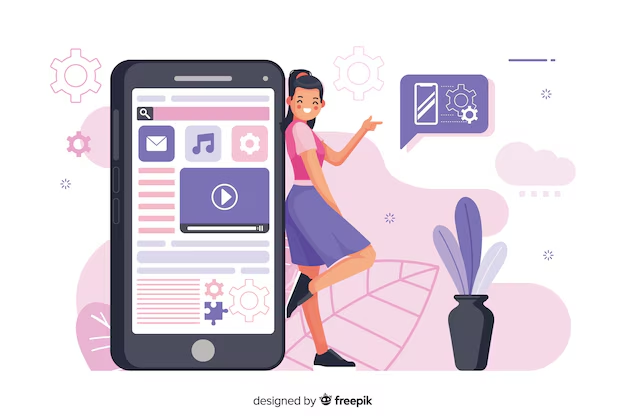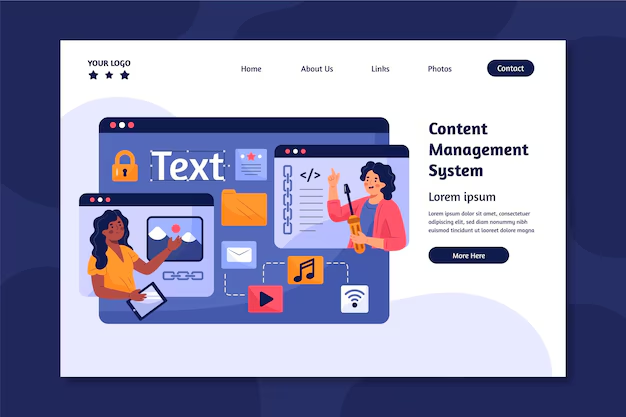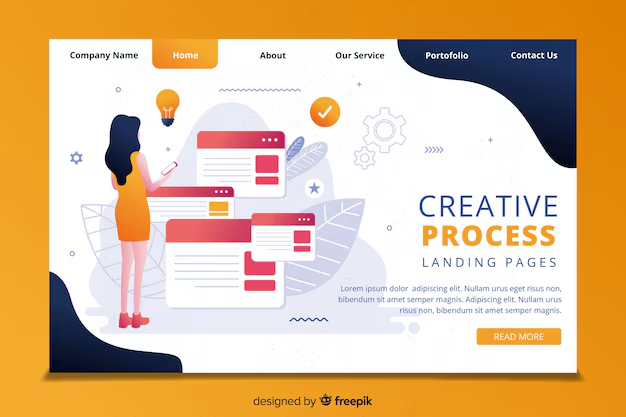Typography plays a crucial role in the overall design and user experience of a WordPress theme. It’s not just about choosing fonts that look good—it’s about selecting typefaces and styles that enhance readability, establish a visual hierarchy, and reflect the theme's intended atmosphere. Good typography can significantly impact how users perceive and interact with your website, making it a key element in creating a successful and user-centric WordPress theme.
1. Typography Sets the Tone for Your Website
The typefaces you choose can convey a particular mood or style, influencing how users perceive your brand or content. For instance, a serif font might give a classic, elegant feel, perfect for law firms or literary blogs, while a sans-serif font offers a modern and clean appearance, ideal for tech or creative agency websites.
Choosing the right typography can help your WordPress theme align with the brand's personality, whether it’s professional, fun, creative, or minimalist. This alignment helps build a cohesive and visually appealing website that resonates with the target audience.
2. Improves Readability and User Experience
One of the primary goals of typography is to make content easy to read. When visitors land on your website, they should be able to quickly scan headlines, subheadings, and body text without straining their eyes. Choosing the right font size, line height, and line length is crucial for readability.
- Font Size: A larger font size for body text (16px-18px) is often preferred for better readability on both desktops and mobile devices.
- Line Height: A line height of 1.5 to 1.75 ensures that there is enough space between lines, making paragraphs easier to read.
- Line Length: Keeping line length between 50-75 characters helps prevent text from being too dense or too spread out.
These adjustments make the reading experience more enjoyable, keeping visitors engaged and reducing bounce rates.
3. Establishes Visual Hierarchy
Typography is an effective tool for establishing a visual hierarchy, guiding users through different sections of your website. By using varying font weights, sizes, and styles, you can create a clear structure that highlights the most important content first.
- Headings: Use larger, bolder fonts for headings to draw attention to key sections or titles.
- Subheadings: Slightly smaller or lighter headings can be used for subcategories, helping users navigate content more easily.
- Body Text: Use a simple, easy-to-read font for body text to ensure users can focus on the main content without distraction.
This hierarchy helps users understand the flow of information on a page, making it easier for them to find the content they’re looking for and improving overall user satisfaction.
4. Enhances Branding and Recognition
Consistent typography is a powerful branding tool. When a WordPress theme uses a specific font or style consistently across all pages, it helps build a strong brand identity. Users become familiar with the look and feel of your content, making your site more recognizable over time.
For example, using a unique headline font or stylized call-to-action buttons can make your theme stand out among competitors. This consistency in typography contributes to a professional and cohesive design that helps reinforce your brand’s message and values.
5. Boosts SEO with User Engagement
While typography itself does not directly affect SEO, it can influence user behavior, which in turn impacts search engine rankings. A well-designed website with great typography encourages users to stay longer and explore more pages, which can reduce bounce rates and increase average session duration—two factors that search engines consider when ranking websites.
By creating a theme with clear and readable typography, you provide an enjoyable experience that encourages users to interact with your content. This increased engagement signals to search engines that your website offers value, helping to improve your position in search results.
6. Responsiveness Is Key
As more users access websites through mobile devices, it’s essential that your theme’s typography adapts to different screen sizes. A responsive WordPress theme should include typography settings that adjust font sizes, line heights, and spacing for smaller screens.
Ensuring that text remains readable on mobile devices without the need for zooming or scrolling improves the overall user experience. A mobile-friendly design with adaptable typography helps retain visitors and keeps them engaged, no matter what device they’re using.
7. Choosing the Right Fonts for Your WordPress Theme
Selecting the right fonts is a critical part of designing a user-friendly and aesthetically pleasing theme. Here are some tips for choosing the best fonts for your WordPress theme:
- Limit Font Families: Stick to a maximum of two or three font families for your theme to maintain a clean and cohesive look.
- Use Web-Safe Fonts: Choose fonts that are widely available across devices to ensure consistency in how your content is displayed.
- Google Fonts: Google Fonts is a popular resource for free, web-friendly fonts that can easily be integrated into your WordPress theme.
- Test Readability: Before finalizing a font, test it on various devices to ensure that it is legible across different screen sizes and resolutions.
By choosing fonts that are both beautiful and functional, you create a WordPress theme that not only looks great but also provides an optimal reading experience.
Conclusion
Typography is more than just selecting fonts—it’s an essential element that shapes the entire user experience of your WordPress theme. By focusing on readability, creating a clear visual hierarchy, and ensuring consistency in your font choices, you can design a theme that is both visually appealing and user-friendly. Whether you’re a theme developer or a blogger looking to enhance your website, paying attention to typography can make a significant difference in how users perceive and interact with your content. Implement these tips, and you’ll be on your way to crafting a WordPress theme that stands out from the crowd.





